Solve shortcomings and cut transportation costs to reduce logistics costs
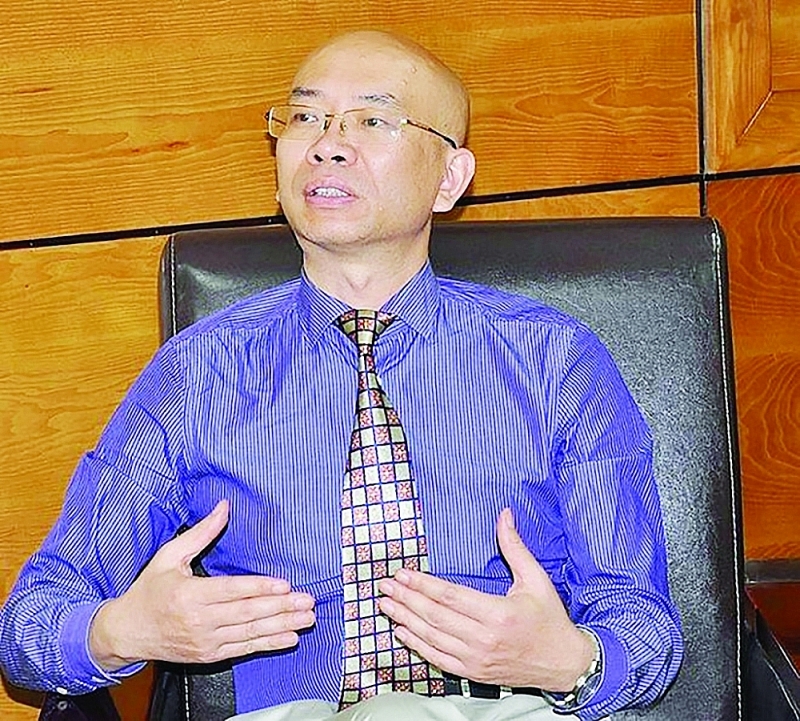 |
Increase in logistics costs is mainly due to imbalances
How do you evaluate the advantages and disadvantages of the current types of transport, especially for having a direct impact on Vietnam's logistics costs?
Currently, logistics costs are made up of mainly transport, accounting for up to 60% of overall logistics costs. Referring to high logistics costs, we are referring to costs that are wasteful, unreasonable or should be able to cut, but because of factors such as management and infrastructure, those costs cannot be cut. Reducing logistics costs is to optimise and reduce those unreasonable costs so the proportion of logistics costs over commodity costs is low, making goods more competitive.
According to statistics, the volume of domestic road freight transport accounts for some 70-80% of the volume of goods, including North-South transportation. Roads are being used especially for long distance transport, which is unreasonable and increases costs.
Despite such inadequacies, why do we still have to use the roads? The answer is because of the flexible road use, it is possible to transport goods directly from warehouse to warehouse, from door to door. For example, a lot of mango, jackfruit and rambutan received from a warehouse in Dong Thap can be transported by road to a supermarket in Nghe An or to a border gate in Lang Son.
Meanwhile, the railway is very weak. The infrastructure is outdated, while the organisation, exploitation and search of goods in the business of the railway industry is not active. The railway industry is still operating under a mechanism of half subsidy, half business, and slow working style. If railway transport cannot handle or try to do it, the total cost involved is as high as road transport and the transit time is equivalent to the road, so it cannot attract shippers.
In terms of inland sea routes, recently, coastal transportation has developed quite well and is mainly used for large-volume goods such as cement, construction materials, iron and steel, mineral raw materials and food. These are goods that do not require fast transit time and do not require high in terms of packaging and storage, so they are very suitable for the waterways.
With the air route, demand for transport is now very large because Vietnam exports large electronics, electronics and mobile phones always lead in terms of export turnover. This is a type of goods with small volume, needing fast shipping. Air freight is the transportation of goods between Vietnam and other countries and also domestically as transportation between Hanoi and HCM City. Over time, airline costs have decreased, transporting agricultural products, such as green skin pomelo. However, the problem with air transport is the great demand, but the lack of facilities.
An overview analysis of different types of transport can be seen the current increase in logistics costs mainly lies in the imbalance between road and other types of transport.
Some have said that infrastructure at the current border gates and seaports in Vietnam is still inadequate and is a significant factor affecting operational efficiency and logistics costs of Vietnam. What is your opinion?
Regarding road border infrastructure, some northern routes have border gates in Lang Son, Lao Cai and Quang Ninh; bordering Laos with border gates of Cha Lo (Quang Binh), Lao Bao (Quang Tri); bordering Cambodia with Moc Bai border gate (Tay Ninh). The flow of goods through these border gates is quite large. However, the current limitation is investment in infrastructure is not commensurate with basic needs. This is due to an objective reason that most of these border gates are located in hilly areas that are difficult to expand, but mainly because the locality has not found a mechanism to attract investment.
In particular, Huu Nghi border gate (Lang Son) has the largest volume of goods on the entire border gate route, but the infrastructure in this border gate area can only meet the current demand. If the acreage is not expanded, goods can still be imported and exported, but it will take time to wait and the added value cannot be exploited. This area needs to quickly expand, invest more in subdivisions to store and handle many types of goods such as bulk cargo, containers and agricultural products.
Express delivery and e-commerce goods are also growing rapidly; such subdivisions should also be taken into account. Regarding the roadmap, in my opinion, first of all, we should focus on investing in infrastructure at major border gates such as Huu Nghi (Lang Son), Mong Cai (Quang Ninh), Kim Thanh (Lao Cai), Lao Bao (Quang Tri) with smaller border gates, depending on conditions.
With seaports, port infrastructure is not easy to invest in and the investment is very large. The aim is to build a deepwater port to be able to receive large, cheap, direct, connecting large transport ships, such as to Europe and North America instead of just going to the near markets likes China, Japan, and South Korea. Meanwhile, the construction of a deepwater port depends heavily on natural factors. For places where there are no suitable natural factors to build a deepwater port but still try to invest, investment costs, as well as the cost of operation and maintenance, are high, affecting logistics costs.
In recent years, Vietnam has developed a large number of seaports from Quang Ninh, Hai Phong, Thanh Hoa, Nghe An to Ha Tinh. However, the remarkable point is that on the entire central strip from Thanh Hoa To Binh Thuan, the number of seaports is very large, but the quantity of goods is small compared to the two ends of the south and north. Thus, this area has a port with little cargo source, leading to a need for ports to compete with each other, not operating at full capacity, and at high costs. This inadequacy is partly due to the planning and implementation of the planning, partly due to the lack of careful consideration of the investors themselves.
In addition to transportation costs, poor infrastructure, loose coordination and links between logistics service enterprises and manufacturing and exporting firms, are the export using logistics services one of the reasons for the high cost of logistics, reducing the competitiveness of Vietnamese goods?
Connecting between firms is a very difficult story. This issue does not need money like infrastructure investment, but the important thing is changing habits and building trust. For example, it can be seen that transporting goods via Dong Dang station (Lang Son) to export deeply into the Chinese market brings more benefits than transporting by road, but it can be done. Or not is the story of the people, not infrastructure. The role of the connection here is mainly of associations. The State provides assistance but cannot do it, but the associations must organise and implement them.
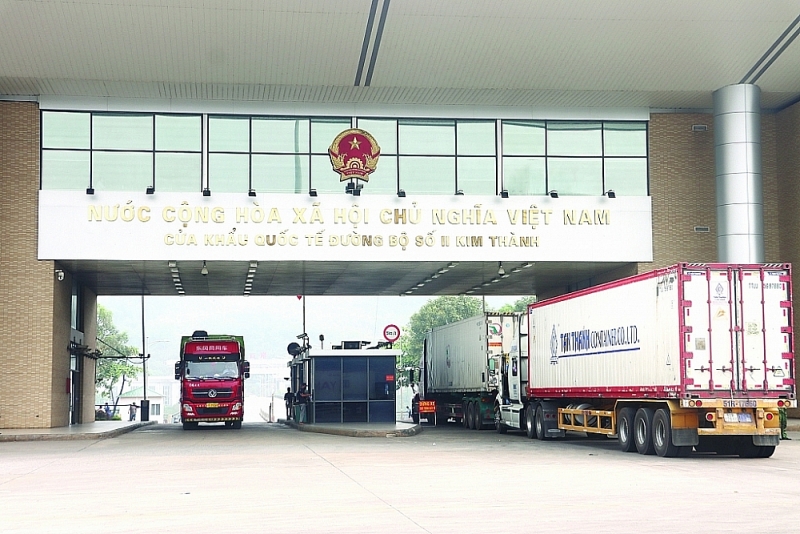 |
| Import and export activities through the international road gate No. II Kim Thanh, Lao Cai. Photo: T.B |
Infrastructure development should be paralleled with import-export procedure reform
To gradually reduce logistics costs, especially for Vietnam's exported goods, and improve Vietnam's National Logistics Competency Index, what are the key solutions in the short term and the long term?
In a short period of time, to promote the development of logistics services and reduce logistics costs, localities should build logistics centres. Approving and deploying these logistics centres is similar to building a factory, with the implementation time of just 1-2 years. Localities rely on specific planning to select locations, construction scale and seek investors. The logistics centre should be closely linked with the source of goods and quantity of goods locally, depending on the scale, how wide service coverage is, within the locality or the whole region.
At a more macro level, I think it is necessary to overcome shortcomings in the transport and infrastructure stages, promote the connection of different types of transport, speed up the construction of highways connection, and accelerate the construction of Long Thanh airport so that by 2025 it can be put into use.
In addition to the infrastructure factor, the need to go hand in hand with reforms of import and export related procedures such as quarantine, customs inspection, border check and how to have the most uniform coordination is also an important factor to reduce logistics costs. Inspections are necessary, but the inspection procedures and procedures are to ensure that the flow of goods is less affected.
Our country has many advantages to carry out transit and transit services to third countries. It is necessary to have a clear and determined policy to promote this service through the establishment of a free trade zone, allowing the movement of goods in transit between key seaports, removing obstacles in inspection, and control over this type of goods.
Related News

Logistics service businesses transform digitally to reduce costs
19:30 | 14/12/2024 Import-Export

Reducing logistics costs: A solution for competitiveness and attracting import-export goods
10:56 | 15/11/2024 Import-Export

Infrastructure development creates momentum for exports to "neighboring" markets
19:36 | 01/05/2024 Import-Export
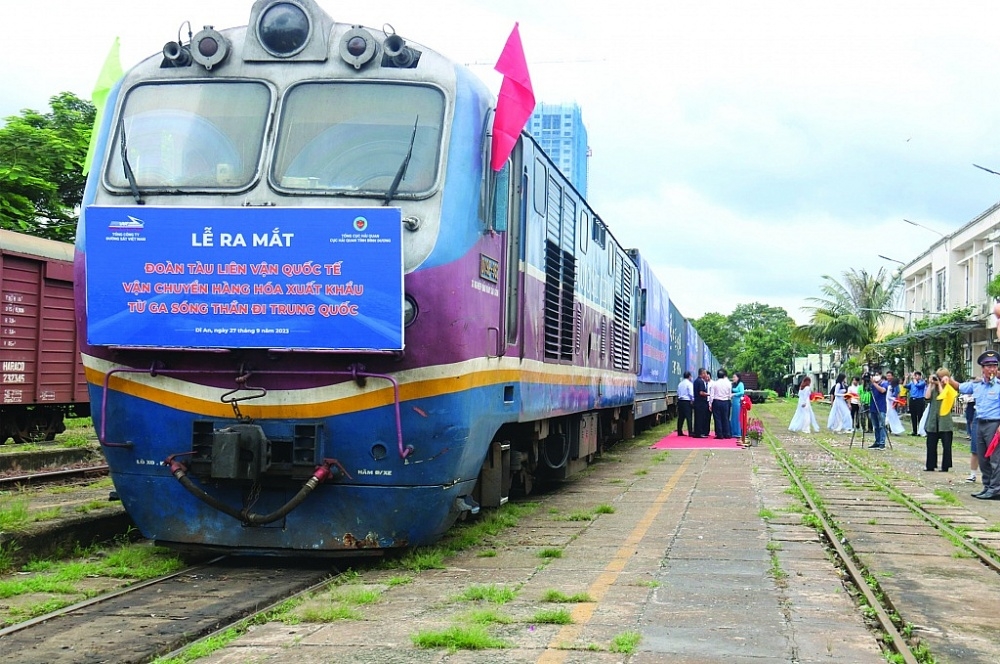
Reducing the "burden" of logistics costs, increasing competitiveness for enterprises
11:21 | 27/01/2024 Import-Export
Latest News

Nghệ An Province anticipates record FDI amidst economic upswing
15:49 | 26/12/2024 Import-Export

Green farming development needs supportive policies to attract investors
15:46 | 26/12/2024 Import-Export

Vietnamese enterprises adapt to green logistics trend
15:43 | 26/12/2024 Import-Export
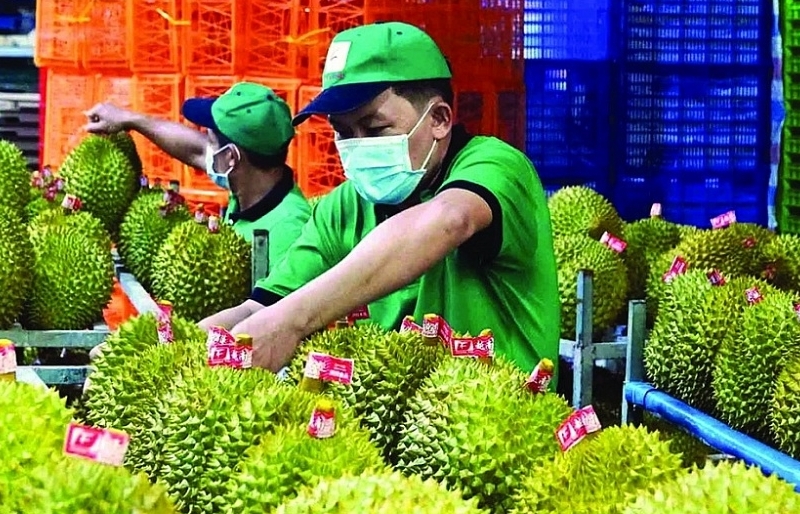
Paving the way for Vietnamese agricultural products in China
11:08 | 26/12/2024 Import-Export
More News

VN seafood export surpass 2024 goal of $10 billion
14:59 | 25/12/2024 Import-Export

Exporters urged to actively prepare for trade defence investigation risks when exporting to the UK
14:57 | 25/12/2024 Import-Export

Electronic imports exceed $100 billion
14:55 | 25/12/2024 Import-Export

Forestry exports set a record of $17.3 billion
14:49 | 25/12/2024 Import-Export
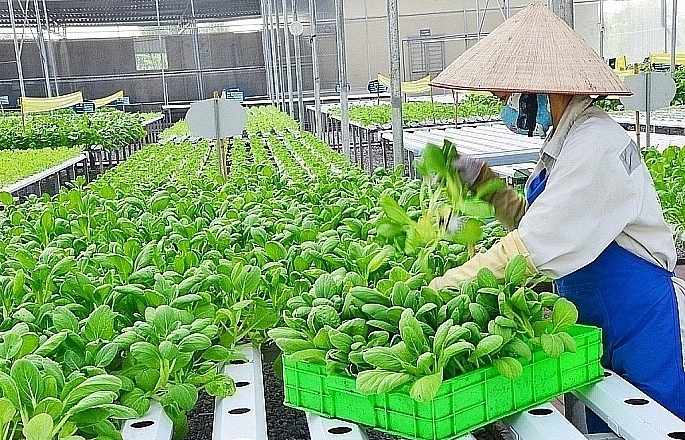
Hanoi: Maximum support for affiliating production and sustainable consumption of agricultural products
09:43 | 25/12/2024 Import-Export

Việt Nam boosts supporting industries with development programmes
13:56 | 24/12/2024 Import-Export

VN's wood industry sees chances and challenges from US new trade policies
13:54 | 24/12/2024 Import-Export

Vietnam's fruit, vegetable exports reach new milestone, topping 7 billion USD
13:49 | 24/12/2024 Import-Export

Aquatic exports hit 10 billion USD
13:45 | 24/12/2024 Import-Export
Your care

Nghệ An Province anticipates record FDI amidst economic upswing
15:49 | 26/12/2024 Import-Export

Green farming development needs supportive policies to attract investors
15:46 | 26/12/2024 Import-Export

Vietnamese enterprises adapt to green logistics trend
15:43 | 26/12/2024 Import-Export

Paving the way for Vietnamese agricultural products in China
11:08 | 26/12/2024 Import-Export

VN seafood export surpass 2024 goal of $10 billion
14:59 | 25/12/2024 Import-Export





